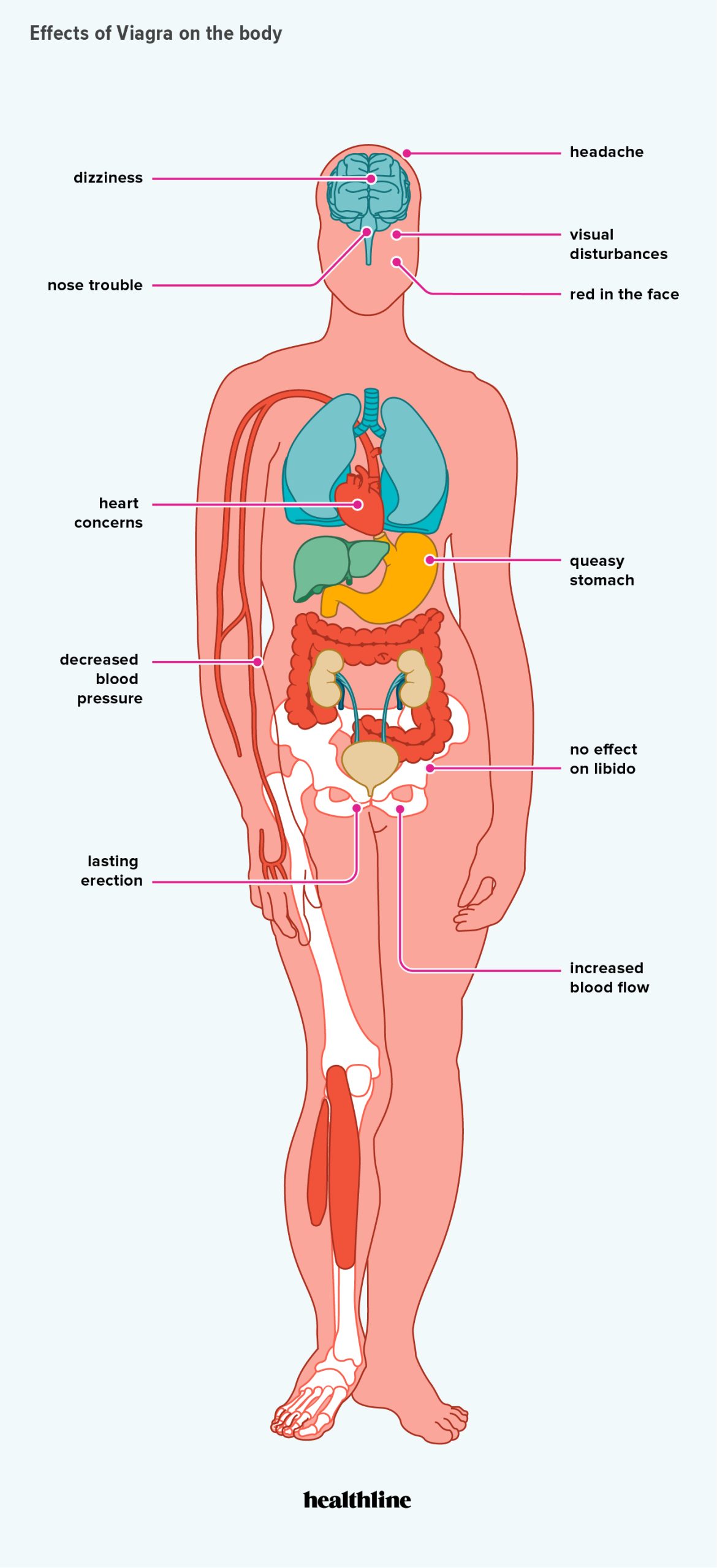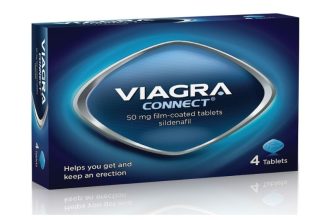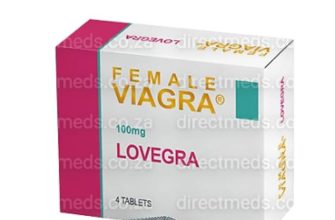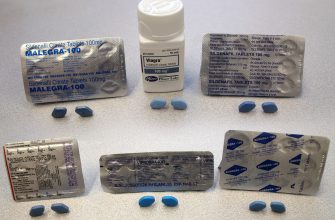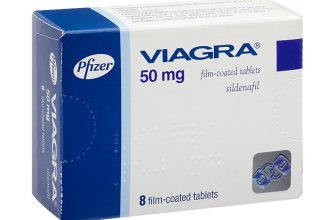Leg swelling after taking Viagra? This isn’t uncommon, and often isn’t cause for immediate alarm. Fluid retention can be a side effect, particularly if you’re already predisposed to it. However, it’s vital to understand when this swelling warrants medical attention.
Several factors contribute to this potential side effect. Viagra, or sildenafil, affects blood vessels, widening them. This increased blood flow can sometimes lead to fluid accumulation in the lower extremities. Pre-existing conditions like heart failure or kidney disease can exacerbate this effect. Therefore, open communication with your doctor is crucial.
If swelling is accompanied by chest pain, shortness of breath, or severe discomfort, seek immediate medical help. This could indicate a more serious issue requiring prompt intervention. Less severe swelling, while potentially uncomfortable, might simply be a minor side effect manageable with lifestyle adjustments like increased water intake and elevation of your legs.
Always discuss any new medications, including Viagra, with your physician, particularly if you have a history of cardiovascular or renal problems. They can assess your individual risk and provide tailored advice, ensuring your safety and well-being.
- Viagra and Leg Swelling: Understanding the Connection
- Possible Causes of Leg Swelling When Taking Viagra
- Medication Side Effects
- Underlying Medical Conditions
- Lifestyle Factors
- When to Seek Medical Attention
- Disclaimer:
- When to Seek Medical Attention for Leg Swelling While on Viagra
- Less Urgent, but Still Important Signs
- Managing Leg Swelling Associated with Viagra Use
- Lifestyle Changes
- Dietary Adjustments
- Exercise and Movement
- Medication Considerations
Viagra and Leg Swelling: Understanding the Connection
Leg swelling after taking Viagra can sometimes occur. This isn’t a common side effect, but it’s important to understand potential causes.
One contributing factor could be fluid retention. Viagra, or sildenafil, affects blood vessels, potentially causing increased blood volume in certain areas. This can manifest as swelling, particularly in the lower extremities.
Pre-existing conditions like heart failure or kidney problems can exacerbate this risk. If you have these conditions, discuss Viagra use with your doctor before starting treatment.
Certain medications taken concurrently with Viagra might increase the chance of leg swelling. Inform your doctor about all your medications, including over-the-counter drugs and supplements.
Allergic reactions, though rare, can present with swelling. If you experience swelling alongside other symptoms like rash or difficulty breathing, seek immediate medical attention.
If you experience leg swelling after taking Viagra, contact your physician. They can assess your individual situation, rule out serious underlying causes, and recommend appropriate management strategies.
Possible Causes of Leg Swelling When Taking Viagra
Leg swelling while using Viagra can stem from several factors, not always directly related to the medication itself. Let’s explore the possibilities.
Medication Side Effects
- Fluid Retention: Viagra, like many medications, can sometimes cause your body to retain more fluid than usual. This fluid buildup can manifest as swelling in the legs and ankles.
- Peripheral Vasodilation: Viagra’s mechanism of action involves widening blood vessels. While beneficial for its intended purpose, this can also lead to increased blood flow in the extremities, potentially causing swelling.
- Interactions with Other Medications: Certain medications, when taken concurrently with Viagra, might increase the risk of leg swelling. Always inform your doctor about all medications you’re taking.
Underlying Medical Conditions
Pre-existing health issues may worsen or be aggravated by Viagra, leading to leg swelling. These conditions include:
- Heart Failure: Compromised heart function can lead to fluid backup in the lower extremities.
- Kidney Disease: Kidney problems often result in fluid retention, further increasing the likelihood of swelling.
- Venous Insufficiency: Inefficient venous return can cause fluid to pool in the legs.
- Peripheral Artery Disease (PAD): Reduced blood flow in the legs can contribute to swelling.
Lifestyle Factors
- Prolonged Standing or Sitting: Limited movement can impair circulation, contributing to leg swelling.
- Dehydration: Insufficient fluid intake can thicken the blood, making swelling more likely.
- High Sodium Diet: Excess sodium in the diet promotes water retention.
When to Seek Medical Attention
Significant or sudden leg swelling warrants immediate medical attention. Don’t hesitate to contact your doctor if you experience severe swelling, pain, or discoloration in your legs alongside Viagra use. A proper diagnosis is crucial to determining the cause and ensuring appropriate management.
Disclaimer:
This information is for educational purposes only and does not constitute medical advice. Always consult your physician before starting, stopping, or altering any medication.
When to Seek Medical Attention for Leg Swelling While on Viagra
Contact your doctor immediately if leg swelling is accompanied by chest pain, shortness of breath, or sudden vision changes. These symptoms could indicate a serious cardiovascular event. Similarly, seek immediate medical help if you experience severe pain in your leg, or if the swelling is accompanied by redness, warmth, or tenderness to the touch, which may suggest a blood clot.
Less Urgent, but Still Important Signs
Schedule an appointment with your doctor if you notice persistent leg swelling that doesn’t improve within a few days, or if the swelling is accompanied by other symptoms like headaches, dizziness, or nausea. Even if these symptoms seem mild, it’s vital to let your doctor assess them in the context of your Viagra use. Changes in urine output, such as increased or decreased frequency, should also prompt a call to your healthcare provider. Lastly, note that medication interactions can affect leg swelling, so be sure to share a complete list of medications you are currently taking with your doctor.
Managing Leg Swelling Associated with Viagra Use
First, consult your doctor. They can assess the severity of your swelling and determine if it’s related to Viagra or another underlying condition. They may suggest adjustments to your medication dosage or recommend alternative treatments.
Lifestyle Changes
Elevate your legs several times a day, especially when resting. This simple action improves blood flow, reducing fluid buildup. Aim for at least 15-20 minutes per session, multiple times a day. Consider wearing compression socks to provide additional support and improve circulation. These are readily available at most pharmacies. Maintain a healthy weight; excess weight puts additional strain on your circulatory system.
Dietary Adjustments
Reduce your sodium intake. High sodium levels contribute to fluid retention. Read food labels carefully and choose low-sodium alternatives. Increase your potassium intake through fruits and vegetables; potassium helps regulate fluid balance. Drink plenty of water throughout the day; this helps your kidneys flush out excess fluid.
Exercise and Movement
Regular, moderate exercise, like walking, improves circulation and reduces swelling. Avoid prolonged periods of standing or sitting still. Get up and move around regularly, even if it’s just for a few minutes every hour. Consult your physician before starting any new exercise routine.
Medication Considerations
Your doctor might prescribe diuretics to help your body eliminate excess fluid. They may also recommend other medications to address underlying conditions contributing to the swelling. Always follow their instructions carefully and report any side effects.

